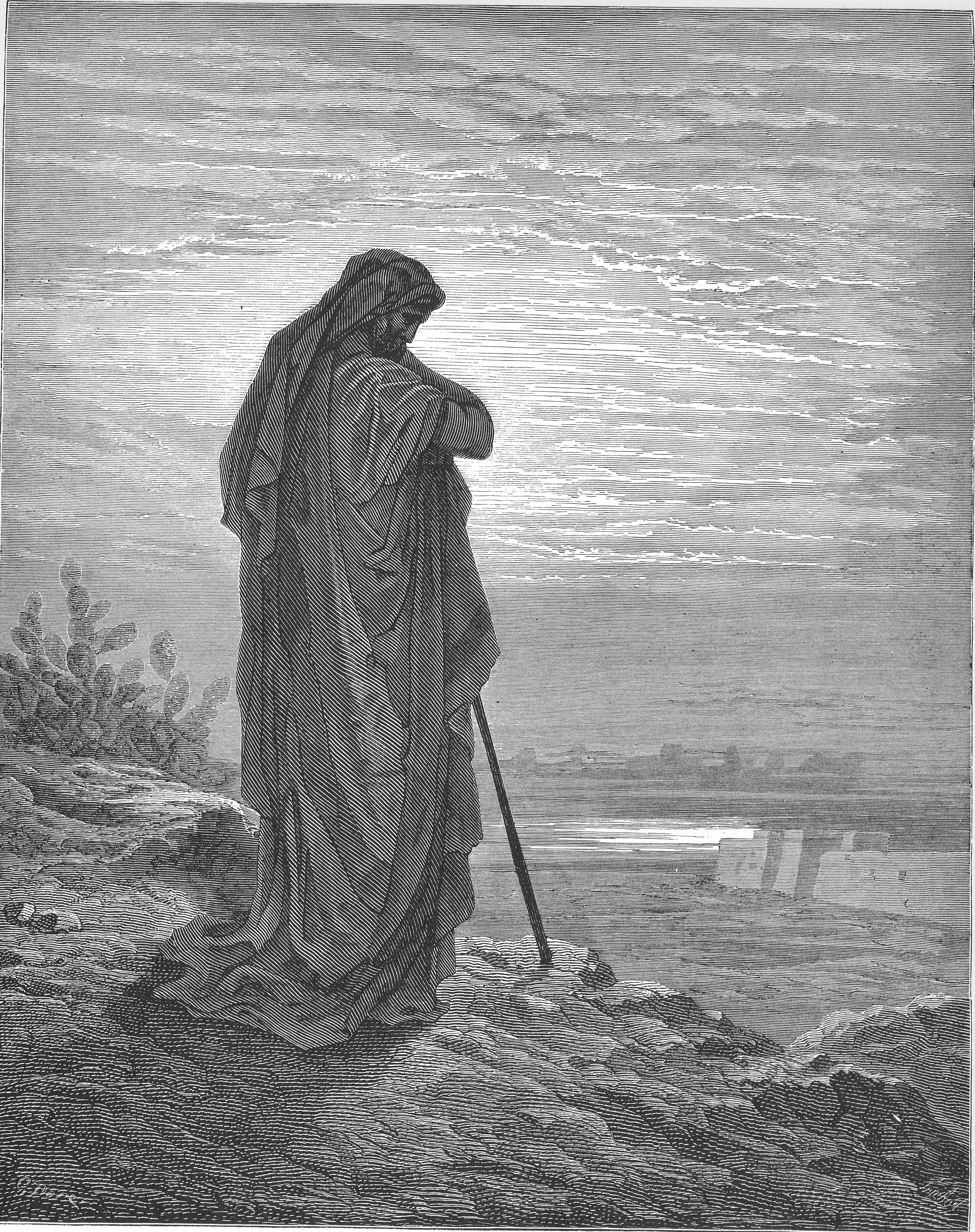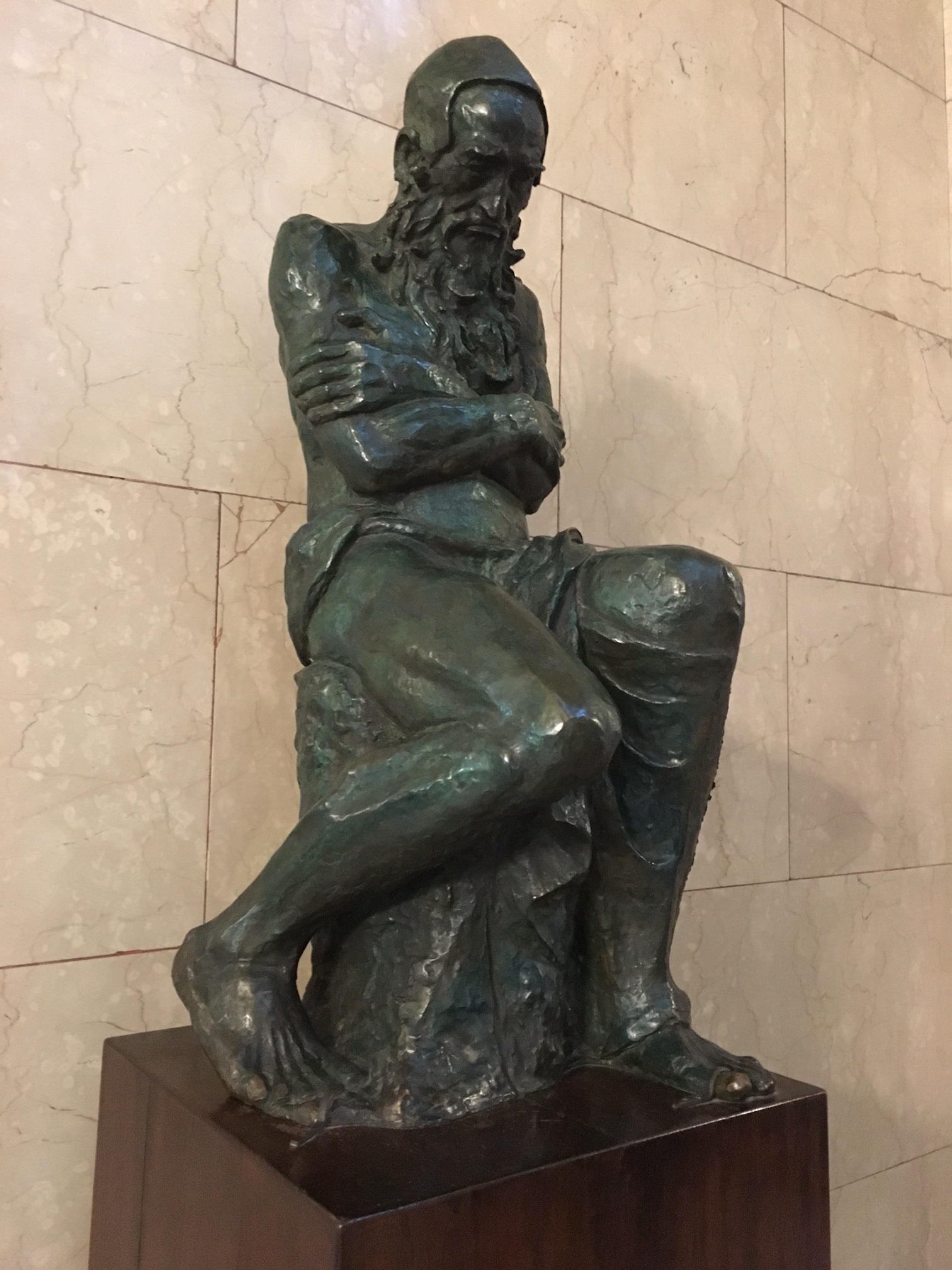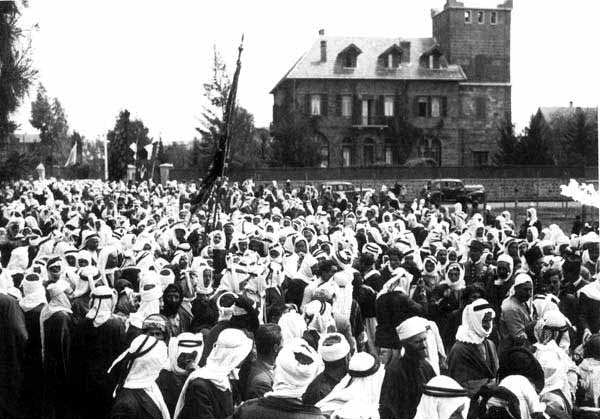|
Al-Qurayya
Al-Qurayya (; also spelled al-Qrayya or Kureiyeh) is a town in southern Syria, administratively part of the al-Suwayda Governorate, located south of al-Suwayda. Nearby localities include Bosra to the southwest, Hout, Syria, Hout to the south, Salkhad to the southeast, al-Kafr, Hibran, Syria, Hibran and Sahwat al-Khudr to the northeast, Sahwat Bilata and Rasas to the north and Ira, Syria, 'Ara and al-Mujaymer to the northwest. According to the Central Bureau of Statistics (Syria), Syria Central Bureau of Statistics (CBS), al-Qurayya had a population of 6,789 in the 2004 census. On streets and alleyways throughout the village were the remains of several columns. A Greek inscription was found on one of the stones and dated back to 296 CE. Ottoman period In 1596 al-Qurayya appeared in the Ottoman Syria, Ottoman tax registers being part of the ''nahiya'' of Bani Nasiyya in the Qada of Hauran. It had an entirely Muslim population consisting of 65 households and 36 bachelors. Taxes were p ... [...More Info...] [...Related Items...] OR: [Wikipedia] [Google] [Baidu] |
Al-Suwayda Governorate
As-Suwayda or Al-Suwayda Governorate () is one of the fourteen Governorates of Syria, governorates (provinces) of Syria. It is the southernmost governorate, covering an area of 5,550 km², and is part of the historic Hawran region. The capital and largest city of the governorate is al-Suwayda. Geographically the governorate comprises almost all of Jabal al-Druze, the eastern part of Argob, Lejah, and a part of the arid eastern steppe of Harrat al-Shamah. Most inhabitants of As-Suwayda are employed in agriculture, cultivating crops such as grapes, apples, olives, and wheat. Additionally, As-Suwayda is home to numerous archaeological sites. This governorate is unique in Syria as it has a Druze majority. Additionally, it has integrated Arab Christians, Christian communities that have long Christianity and Druze, coexisted harmoniously with the Druze in these mountains. Demographics and population The governorate has a population of about 375,000 inhabitants (est. 2011).Sta ... [...More Info...] [...Related Items...] OR: [Wikipedia] [Google] [Baidu] |
Countries Of The World
The following is a list providing an overview of sovereign states around the world with information on their status and recognition of their sovereignty. The 205 listed states can be divided into three categories based on membership within the United Nations System: 193 member states of the United Nations, UN member states, two United Nations General Assembly observers#Current non-member observers, UN General Assembly non-member observer states, and ten other states. The ''sovereignty dispute'' column indicates states having undisputed sovereignty (188 states, of which there are 187 UN member states and one UN General Assembly non-member observer state), states having disputed sovereignty (15 states, of which there are six UN member states, one UN General Assembly non-member observer state, and eight de facto states), and states having a political status of the Cook Islands and Niue, special political status (two states, both in associated state, free association with New ... [...More Info...] [...Related Items...] OR: [Wikipedia] [Google] [Baidu] |
Roman Empire
The Roman Empire ruled the Mediterranean and much of Europe, Western Asia and North Africa. The Roman people, Romans conquered most of this during the Roman Republic, Republic, and it was ruled by emperors following Octavian's assumption of effective sole rule in 27 BC. The Western Roman Empire, western empire collapsed in 476 AD, but the Byzantine Empire, eastern empire lasted until the fall of Constantinople in 1453. By 100 BC, the city of Rome had expanded its rule from the Italian peninsula to most of the Mediterranean Sea, Mediterranean and beyond. However, it was severely destabilised by List of Roman civil wars and revolts, civil wars and political conflicts, which culminated in the Wars of Augustus, victory of Octavian over Mark Antony and Cleopatra at the Battle of Actium in 31 BC, and the subsequent conquest of the Ptolemaic Kingdom in Egypt. In 27 BC, the Roman Senate granted Octavian overarching military power () and the new title of ''Augustus (title), Augustus'' ... [...More Info...] [...Related Items...] OR: [Wikipedia] [Google] [Baidu] |
Amos (prophet)
Amos (; – ''ʿĀmōs'') was one of the Twelve Minor Prophets of the Hebrew Bible and Christian Old Testament. According to the Bible, Amos was the older contemporary of Hosea and Isaiah and was active c. 760–755 BC during the rule of kings Jeroboam II of Israel and Uzziah of Kingdom of Judah and is portrayed as being from the southern Kingdom of Judah yet preaching in the northern Kingdom of Israel (Samaria). The prophet is characterized as speaking against an increased disparity between the wealthy and the poor with themes of justice, God's omnipotence, and divine judgment. The Book of Amos is attributed to him. In recent years, scholars have grown more skeptical of the Book of Amos' presentation of Amos' biography and background. Life Before becoming a prophet, Amos was a shepherd and a sycamore fig farmer from Teqoaʿ.Coogan, Michael. ''A Brief Introduction to the Old Testament''. p. 257. Oxford: Oxford University Press, 2009. Amos aimed his prophetic messag ... [...More Info...] [...Related Items...] OR: [Wikipedia] [Google] [Baidu] |
Moab
Moab () was an ancient Levant, Levantine kingdom whose territory is today located in southern Jordan. The land is mountainous and lies alongside much of the eastern shore of the Dead Sea. The existence of the Kingdom of Moab is attested to by numerous archaeological findings, most notably the Mesha Stele, which describes the Moabite victory over an unnamed son of Kings of Israel and Judah, King Omri of Kingdom of Israel (Samaria), Israel, an episode also noted in Books of Kings, 2 Kings 3. The Moabite capital was Dibon. According to the Hebrew Bible, Moab was often in conflict with its Israelites, Israelite neighbours to the west. Etymology The etymology of the word Moab is uncertain. The earliest Biblical gloss, gloss is found in the Koine Greek Septuagint () which explains the name, in obvious allusion to the account of Moab's parentage, as ἐκ τοῦ πατρός μου ("from my father"). Other etymologies which have been proposed regard it as a corruption of "seed of a ... [...More Info...] [...Related Items...] OR: [Wikipedia] [Google] [Baidu] |
Jeremiah (prophet)
Jeremiah ( – ), also called Jeremias, was one of the major prophets of the Hebrew Bible. According to Jewish tradition, Jeremiah authored the book that bears his name, the Books of Kings, and the Book of Lamentations, with the assistance and under the editorship of Baruch ben Neriah, his scribe and disciple. According to the narrative of the Book of Jeremiah, the prophet emerged as a significant figure in the Kingdom of Judah in the late 7th and early 6th centuries BC. Born into a priestly lineage, Jeremiah reluctantly accepted his call to prophethood, embarking on a tumultuous ministry more than five decades long. His life was marked by opposition, imprisonment, and personal struggles, according to Jeremiah 32 and 37. Central to Jeremiah's message were prophecies of impending divine judgment, forewarning of the nation's idolatry, social injustices, and moral decay. According to the Bible, he prophesied the siege of Jerusalem and Babylonian captivity as consequences f ... [...More Info...] [...Related Items...] OR: [Wikipedia] [Google] [Baidu] |
Kerioth
Kerioth (, ''Qǝrīyyōṯ'') is the name of two cities mentioned in the Hebrew Bible. The spelling Kirioth appears in the King James Version of Amos 2:2. The name means "cities," and is the plural of the Biblical Hebrew קריה. # A town in the south of Judea (). Judas Iscariot may have been a native, hence his name "Iscariot". # A city of Moab Moab () was an ancient Levant, Levantine kingdom whose territory is today located in southern Jordan. The land is mountainous and lies alongside much of the eastern shore of the Dead Sea. The existence of the Kingdom of Moab is attested to by ... (,), called Kirioth (). References Hebrew Bible cities Judas Iscariot {{Israel-geo-stub ... [...More Info...] [...Related Items...] OR: [Wikipedia] [Google] [Baidu] |
Josias Leslie Porter
Josias Leslie Porter (4 October 1823 – 16 March 1889) was an Irish Presbyterian minister, missionary and traveller, who became an academic administrator. He was Moderator of the Irish General Assembly in 1875. Early life Born on 4 October 1823, he was youngest son of William Porter of Carrowan, parish of Burt, County Donegal, a farmer, and Margaret, daughter of Andrew Leslie of Drumgowan in the same parish. After being educated privately, between 1835 and 1838, by Samuel Craig, presbyterian minister of Crossroads, County Londonderry, and then at a school in Derry, he matriculated in the University of Glasgow in 1839, with a view to entering the ministry of the Irish presbyterian church. He graduated B.A. in 1841, and M.A. in 1842. In November 1842, he went to the university of Edinburgh, where he studied theology under Thomas Chalmers, continuing also to the Divinity Hall of the Free Church of Scotland, again to study under Chalmers. Minister and missionary Porter was licen ... [...More Info...] [...Related Items...] OR: [Wikipedia] [Google] [Baidu] |
Syrian Druze
Druze is the third-largest religion in Syria with 2010 results recording that their adherents made up 3.2 percent of the population. The Druze are concentrated in the rural, mountainous areas east and south of Damascus in the area of Mount Druze. Druze is a monotheistic and Abrahamic religion. Syria has the largest Druze population in the world, Many Syrian Druze have been living abroad for centuries, particularly in Venezuela. History Druze is an Abrahamic monotheistic religion that is a gnostic offshoot and Neoplatonist sect of Isma'ilism, a branch of Shia Islam. The Druze evolved from Islam and now are an independent religion. The Druze follow a ''batini'' or esoteric interpretation of the Five Pillars of Islam. Since they do not fast during the month of Ramadan or make pilgrimages to Mecca, they are not regarded by Muslims as Islamic. The Druze follow a lifestyle of isolation where no conversion is allowed, neither out of nor into, the religion. When Druze live amo ... [...More Info...] [...Related Items...] OR: [Wikipedia] [Google] [Baidu] |
Nahiyah
A nāḥiyah ( , plural ''nawāḥī'' ), also nahiyeh, nahiya or nahia, is a regional or local type of administrative division that usually consists of a number of villages or sometimes smaller towns. In Tajikistan, it is a second-level division while in Syria, Iraq, Lebanon, Jordan, Xinjiang, and the former administrative divisions of the Ottoman Empire, Ottoman Empire, where it was also called a ''bucak (administrative unit), bucak'', it is a third-level or lower division. It can constitute a division of a ''qadaa'', ''mintaqah'' or other such district-type division and is sometimes translated as "subdistrict". Ottoman Empire The nahiye () was an administrative territorial entity of the Ottoman Empire, smaller than a . The head was a (governor) who was appointed by the Pasha. The was a subdivision of a Selçuk Akşin Somel. "Kazâ". ''The A to Z of the Ottoman Empire''. Volume 152 of A to Z Guides. Rowman & Littlefield, 2010. p. 151. and corresponded roughly to a city w ... [...More Info...] [...Related Items...] OR: [Wikipedia] [Google] [Baidu] |





